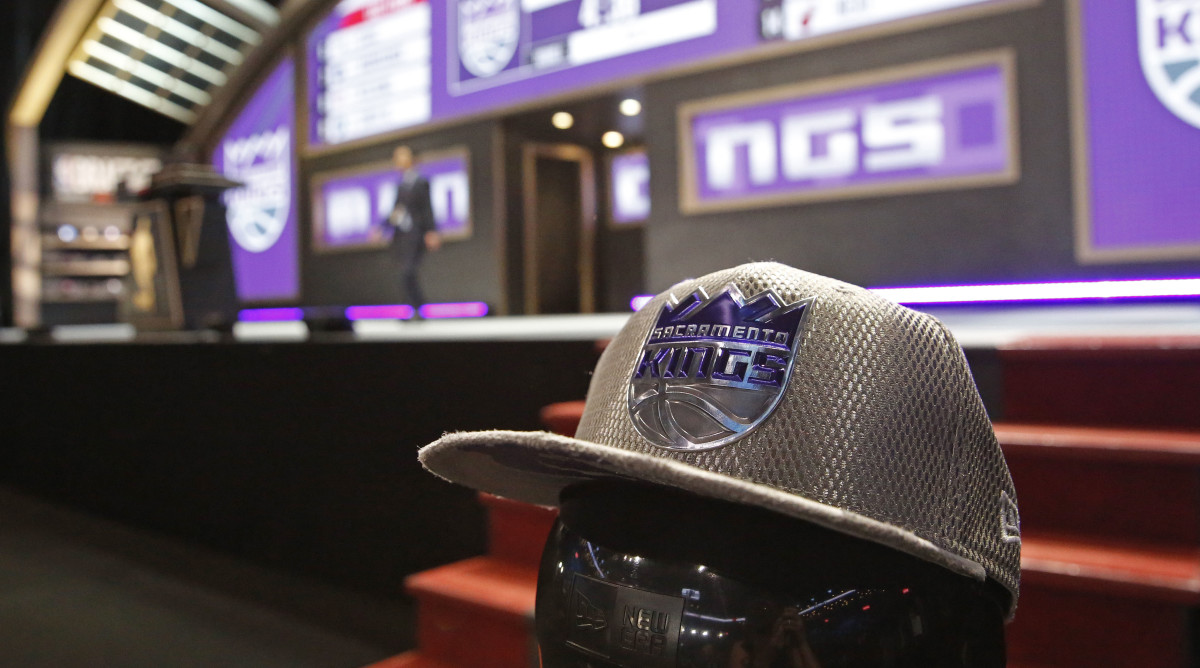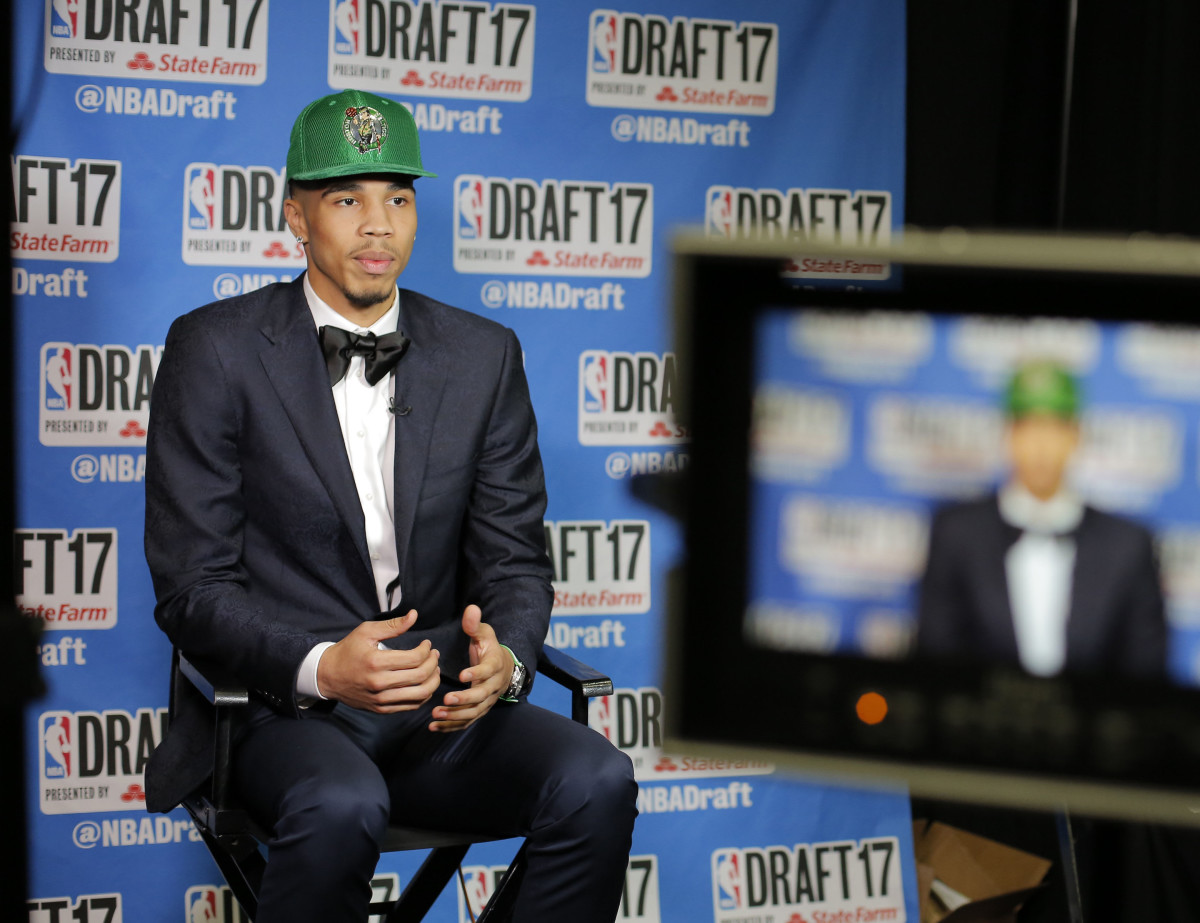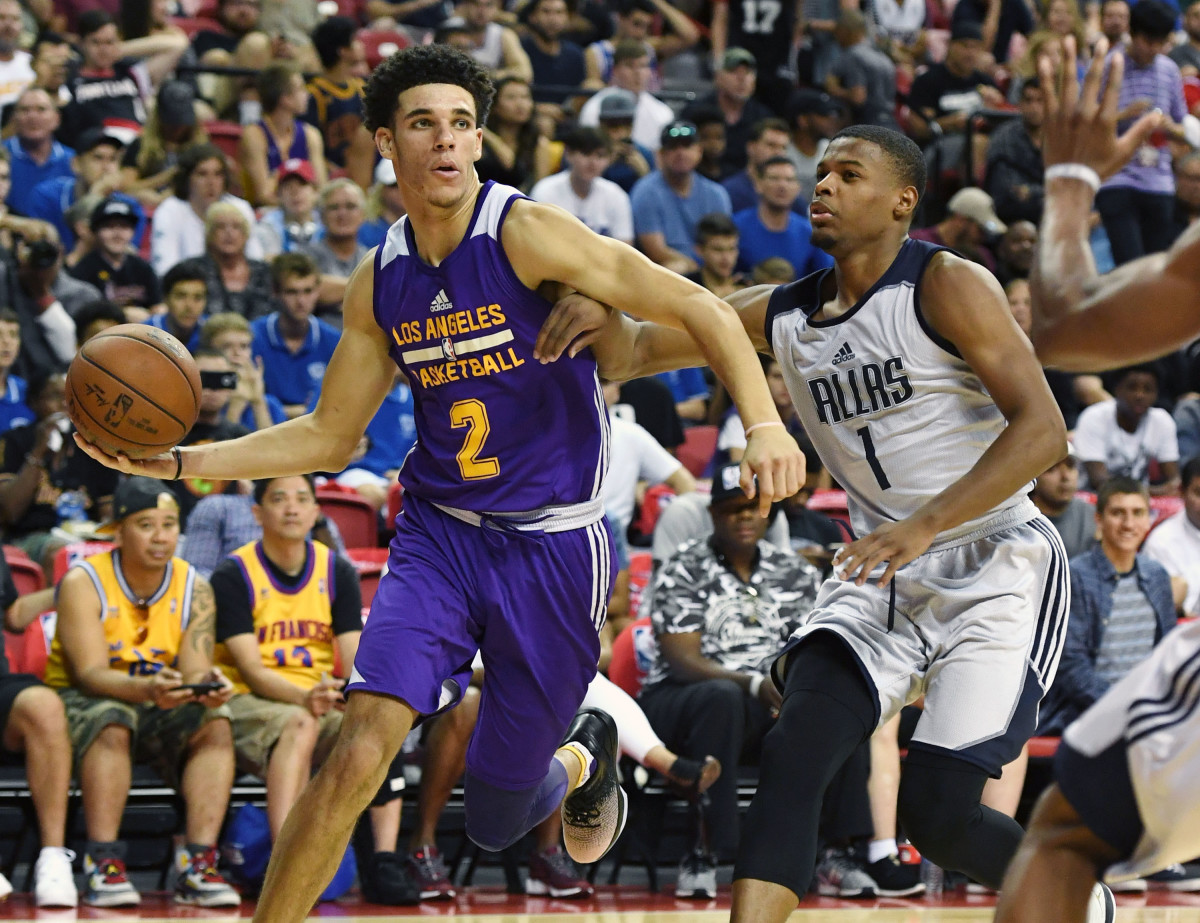The Dreams and Nightmares of Every Agent on NBA Draft Night

Welcome to The Agent Diaries, a series of entries from former player agent Matt Babcock. Over the weeks leading up to the 2018 NBA Draft, The Crossover has provided a unique look behind the scenes of the draft process—offering a glimpse at how agents advise their players and maneuver the pre-draft landscape.
Babcock’s fifth post details the final machinations of draft week, and the frenetic moves player representatives must complete during draft night itself.
The long-awaited event has finally arrived: the NBA Draft! To give fans a better glimpse behind the scenes of the big night, let’s break the evening down chronologically.

First round: Navigating the green room
As mentioned in previous articles, every player’s situation is different and draft day is no exception. Year after year agents like Bill Duffy and Jeff Schwartz are in the exclusive green room with their projected lottery pick clients. The tables in the green room are generally comprised of the player, the agent(s), family members, close friends, and the player’s college coach. This is the one time of year agents are on camera—whether they like it or not.
An agent in the green room can only hope his camera time comes early and that it is a shot of him giving his player a celebratory hug after hearing his player’s name called by NBA commissioner Adam Silver. The player receives his new team’s hat, goes on stage to shake Silver’s hand, and does a quick interview for the nationally televised draft coverage. Anyone who watches the draft each year has seen this a million times.
Once a player finishes his on-air interview he will usually receive a call from the general manager who just selected him. This call will be to congratulate the player and to let him know how excited the team is to have him. Generally, it will be addressed when they would like the player to come to town for the introductory press conference, which can be as early as the next morning. The player will then have a photo shoot behind the scenes at the draft and do a number of interviews for various media outlets. Finally, the player and his entourage will usually have a late dinner or attend a party… a well deserved celebration!
2018 NBA Mock Draft 9.0: Trade Speculation Heats Up
There are five minutes in between each first round pick being announced, meaning there are over two hours from the No. 1 pick in the draft until the last pick in the first round. For a player and his agent this time feels like an eternity. The uncertainty of where the player will be drafted can be gut-wrenching. Naturally, the NBA has limited the number of players invited to the green room to about 15 in an effort to avoid the dramatic scenes of players being visibly upset on camera. It is human nature to want more and generally players expect to be on the high side of their draft range. Emotions are running high and when a player begins to slip in the draft, often times he will get frustrated with his agent.
In these moments of panic the agent is often times on the phone. But who is the agent speaking to and what is he saying? An agent will call teams that have upcoming picks to try to figure out if they intend to select their player, if any trades are in the works, or just to gather any relative information to relay to the player and his family in hopes of relieving some of the tension. At this point, a player and his agent have already done 99.9% of the work toward getting drafted. In most cases, these calls are only for show or out of desperation.

There are some situations in which an agent will make a call during the draft to lobby against a certain team selecting their player in order for their player to fall to a team that they prefer for whatever reason. For example, I was told a story directly from a high-ranking team executive that he had received calls during the draft one year from a prominent agent before making a lottery selection. The agent had threatened to ruin this executive’s career if he selected his player. Well, that team selected the player and the executive still works for his same team years later.
For the most part, agents and players who are in the green room will have a great night celebrating the fruits of their labor. But what about players who are drafted in the second round or go undrafted all together? An agent representing one of these players has a lot of work to do and possibly some tough decisions to make on draft night.

Second round: Working the phones
Adam Silver addresses the crowd and announces the conclusion of the first round and introduces deputy commissioner, Mark Tatum, who announces the remaining selections in the draft. The second round moves much quicker as there are only two minutes between each pick and one hour in total.
Keep in mind, players and agents who are not invited to the green room and are typically not in New York for the draft. When I was an agent, I would usually watch the draft from my office and I would advise my players to watch with a small group rather than have a big party. Even if expectations are set properly, it is hard for a player to watch a lot of guys—that he knows and has played with or against—get drafted before him.
2018 NBA Draft: Final Top 100 Prospect Rankings
During the second round an agent needs to keep his phone handy. There are a few scenarios where an agent will need to be available. In most cases, hypothetical scenarios have already been discussed with teams but they may call and ask an agent the following questions before selecting a player in the second round:
1. If selected, will the player agree to a “draft and stash” deal? This is when a player signs a contract with an international team while allowing that NBA team to keep the player’s draft rights.
2. If selected, will the player agree to a two-way contract? This is a contract that will result in a player spending a lot of the season with the team’s g-league affiliate.

Post draft: Summer League and Two-way deals
Inevitably, the final pick of the draft is announced and there are a number of draft hopefuls whose names were not called… what now? As an agent you hope to secure your undrafted player a spot on an NBA summer league roster the night of the draft or in the following days. There are several NBA summer leagues, Las Vegas being the most prominent. Summer league is an opportunity for players to earn positions on NBA rosters after going undrafted. Depending on the level of interest from teams, the following are all realistic possibilities for an undrafted player directly following the draft:
• Verbal agreement for a partially guaranteed contract
• Two-way contract
• Affiliate-player contract
• Summer league roster spot
Obviously, an agent will need to call their undrafted player to encourage them and to discuss the options they have moving forward. A player’s starting point his rookie year is essential for laying the foundation of his career. An undrafted rookie’s summer league performance will directly affect his options and where he plays his first season. The decisions that are made on draft night are potential game changers. It is imperative for an agent to be self-controlled and impervious during this dramatic time—this is when the player needs his agent the most. A prompt decision will need to be made as summer league rosters fill quickly.
Breakaway: Inside the Life of Future Lottery Pick Mikal Bridges
As defeated as undrafted players might feel on draft night, it is not a dead end. As an example, in 2010, my business partner and I represented Samardo Samuels from Louisville. Samardo had significant interest from NBA teams and our expectation was that he was likely to be drafted. Well, he was not drafted. However, following the draft we fielded calls from a handful of teams that wanted Samardo for summer league. It came down to two teams for us: the Chicago Bulls and the Los Angeles Lakers.
We had represented Metta World Peace (a.k.a. Ron Artest), who signed with the Lakers the previous summer so our relationship with the Lakers was strong. The issue was that the Lakers had chosen Derrick Character with the 58th pick, instead of Samardo, and they were very similar players. On the other hand, Chicago had a large amount of cap space and a number of open roster spots available. They were rumored to be targeting two max players in free agency.
These contracts would absorb the entirety of their cap space so they would naturally only be permitted to fill out their remaining roster spots with contract exceptions or minimum salaried contracts. I thought this was a great opportunity for Samardo to make the Chicago Bulls. I tried to convince Matt Lloyd, who was the director of scouting for the Bulls at the time, to guarantee Samardo a starting position on their summer league team and a certain amount of playing time—understandably he did not commit to this.
Nevertheless, Matt did a great job of convincing us that it would be a worthwhile opportunity for Samardo. Long story short, we decided Chicago was the right fit. Samardo went on to play very well at summer league and as a result of his performance he was able to generate interest not only from the Bulls but other teams as well. Ultimately, we were able to secure a three-year contract with the Cleveland Cavaliers that summer, paying him more than most of the players drafted in the second round that year, including Derrick Character.
From my experiences, the best advice I can give to the players going into the draft is to hope for the best and prepare for the worst. Draft night can be a pretty accurate depiction of what a career in professional basketball is like. It can be volatile and it can be emotional. Some players have an easier path than others. The players who truly succeed in this business are the ones that operate with professionalism and resiliency. Best of luck to all of the players on Thursday night. And remember, this is just the very beginning of your professional career. There is a lot of work ahead.
